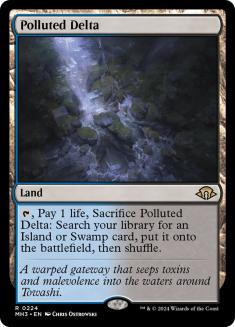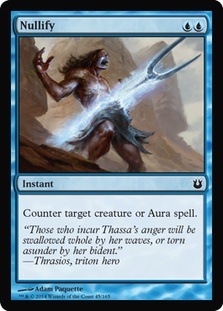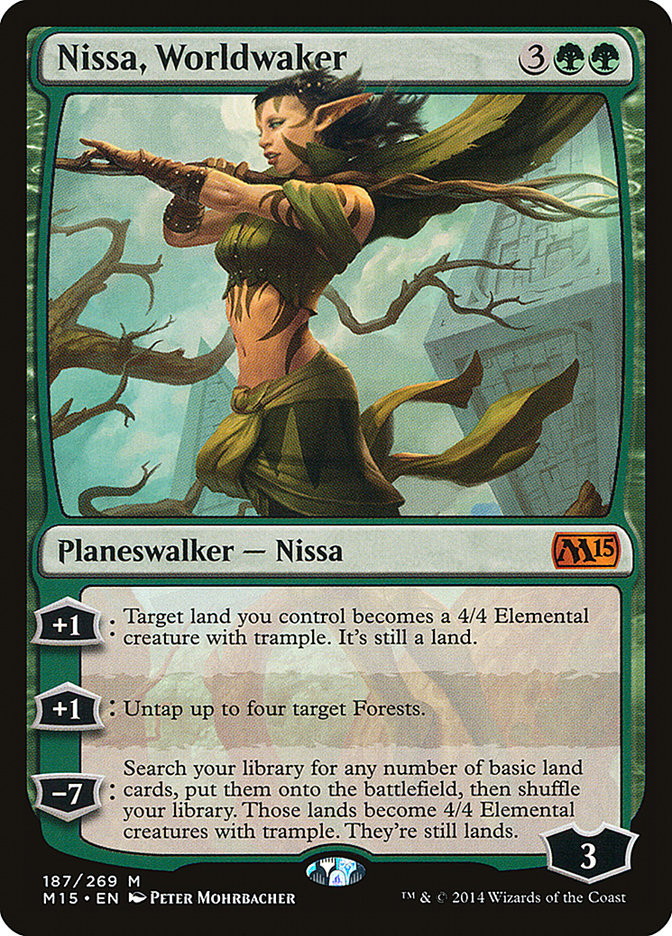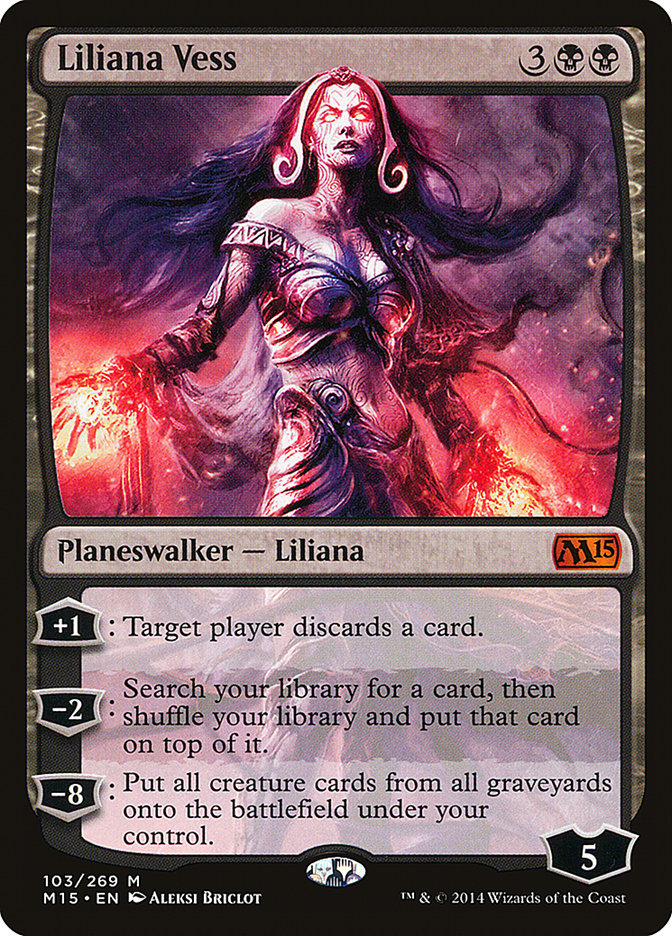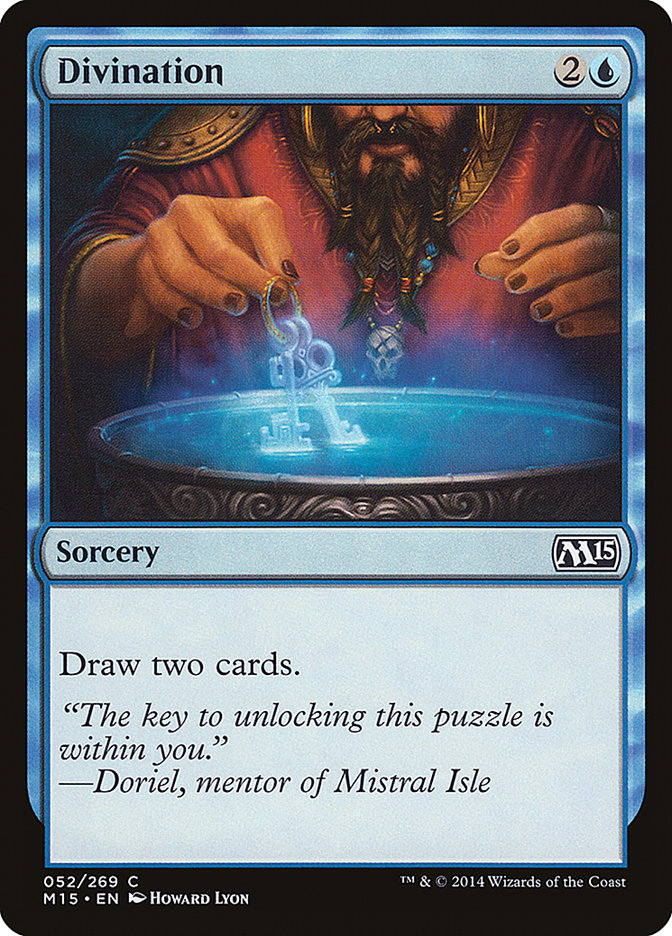I made it.
Going into the Season Four Invitational, I had mostly locked up my Players’ Championship bid. A ridiculous set of circumstances, including Andrew Tenjum
making top 4, every single player below me making at least top 16, and me not making day two would have had to occur for me to be the odd one out. Still,
I’m not one to count any chickens, and I am very relieved that I made my yearlong goal of qualifying.
Even better, I not only ensured I would make the Players’ Championship, but I also got to do some major damage as well. Third place, 20 Open Series points,
and $4,000 is not a bad weekend at all, and while I don’t get to make my own token this year, I do get to go into the Players’ Championship with some heat.
While making the Players’ Championship is vindicating in and of itself given the amount of work I’ve put into it this year, it is even more vindicating to
put up such a strong finish at the end to really hammer it home. I’ve gained a lot of my points at various IQs, be they regular, Super, Elite, or Premier,
and only have one Open Series top 8 this year (and a 9th on breakers!). The IQs have been great because between school and work, traveling to Opens that
are longer than a few hours driving distance is pretty tough, and the IQs allowed me to compete and keep up in the points race despite that. IQs are
awesome and a lot of fun but not very high profile, so it feels great to have that big finish this year on my way to next week’s final tournament.
The Invitational
The morning of the Invitational started like I like to start off all of my big Magic events – with a nice short workout at the hotel gym, a relaxing
shower, and a delicious breakfast. A few byes do wonders as well. I wasn’t thrilled that Standard was first, as I was more comfortable with my Standard
deck, but them’s the breaks.
Creatures (1)
Planeswalkers (3)
Lands (27)
Spells (29)
- 2 Last Breath
- 2 Devouring Light
- 2 Divination
- 3 Jace's Ingenuity
- 4 Dissolve
- 3 Nullify
- 4 Banishing Light
- 3 End Hostilities
- 3 Disdainful Stroke
- 3 Dig Through Time
Sideboard

Going into the event I wasn’t sure if I wanted to play U/W Control. I had been playing it for about two months now, with a Premier IQ top 8, a Super IQ
win, a regular IQ win, and an Open top 32, but despite my success the deck did feel slightly underpowered compared to the rest of the format. No deck was
really doing anything that degenerate, but the power level of many of the format’s best cards is extremely high. I also didn’t like that the format had
been constantly shifting and improving while my list largely remained the same. There wasn’t much I really wanted to do to the deck, but that made it feel
outdated in a way.
Regardless, results don’t really lie, and no other deck even remotely drew my attention away from U/W. I’ve been playing long game, Elspeth-based control
decks for a very long time in Standard, and it just seems to fit right. While the deck was not inherently powerful, it did do a great job at answering many
of the format’s powerful cards, while also being very good against all the midrange decks that had overpopulated the format.
This worked out even better than usual, as the metagame for the Invitational was so heavily skewed by Whip of Erebos decks trying to out midrange each
other that they left themselves very vulnerable to cheap countermagic. One of the decks worst matchups in Temur was also almost completely absent, totally
pushed out of the format by the midrange Whip of Erebos strategies.
A lot of people were asking me how the deck was at the event, and didn’t seem thrilled with my answer. Is the deck busted? Absolutely not. It is likely
less powerful that many other decks in the format, but it does line up fairly well. The deck is very unforgiving, and very small mistakes will likely cost
you games; there is no Sphinx’s Revelation to just blatantly overpower the mid to lategame. The deck is quite viable, however, and I encourage everyone to
try it.
Lands (15)
Spells (45)
- 1 Tendrils of Agony
- 4 Brainstorm
- 4 Cabal Ritual
- 4 Duress
- 4 Dark Ritual
- 3 Cabal Therapy
- 4 Lotus Petal
- 4 Lion's Eye Diamond
- 4 Infernal Tutor
- 4 Ponder
- 1 Ad Nauseam
- 3 Preordain
- 4 Gitaxian Probe
- 1 Past in Flames
Sideboard

For Legacy, sometimes you just have to pull a rabbit out of your hat.
If you told me I would have played Storm at the last Invitational of the year six months ago, I would have definitely given you a weird look. Yet, in the
two weeks leading up to the Invitational, I began my search for a deck, and Storm just seemed exceptionally well-positioned. Everyone was trying to
out-Treasure Cruise each other with their maindeck Pyroblasts, and cutting many of the good anti-combo cards like Spell Pierce, Wasteland, and so on from
their decks. U/R Delver was likely to be the most played deck, and that deck was only fighting you with Force of Will and Daze game 1, nothing a timely
Duress couldn’t handle.
The other half of the format seemed hellbent on beating U/R Delver and other Treasure Cruise-based decks, and decks like Lands and Maverick were coming
back to prey on these overly fair decks. It was the perfect storm of events for Storm to make a nice big comeback.
The only problem, of course, was that I had never played the deck before, and Storm is a deck notoriously difficult to pilot. After deciding on it, I had a
week to play online and practice, and it was fortunately enough. The hardest part of the deck is sideboarding and playing against what particular hate you
might face in game 2 and 3, and luckily, the format was rather light on hate.
While I often felt like a monkey trying to write Shakespeare as I was going off, it wasn’t particularly pretty, but it was very effective. I was extremely
careful when I was going off at all times, and while this may have lead to some slow deaths for my opponents, it also lead to me not fizzling once in the
tournament. It is also beneficial that Storm is a deck you can take your time with; because your games only usually last a few turns, you can really think
through both your combo turns and your setup turns leading up to them.
The biggest thing about the deck is just knowing when to jam your combo. Sometimes they are going to have the Force of Will, or sometimes they are going to
have drawn that sideboard card in the last two turns since you Duressed them, but knowing when to pull the trigger is vital. You can’t play around
everything all the time.
Going forward, Storm does feel like a one-trick pony. While it worked in this event because people were underprepared, playing the deck through a field of
adequate hate requires a true master of the deck.
The Top 8
After going 5-1 in Standard (with two byes) and 5-2 in Legacy, I was able to draw into top 8.
My first match would be against Phillip Braverman’s Mardu Tokens deck, a fairly non-standard version of the Mardu deck. It was an excellent matchup for me,
as the major cards that scare me from the Mardu deck are Stormbreath Dragon and Sarkhan, the Dragonspeaker, and neither was present. This meant I would be
able to cast End Hostilities without fearing immediate reprisal, and while his Wingmate Rocs and Doomwake Giants may have been better against the field,
they were much worse against me. He would also have many dead cards game 1, like Chained to the Rocks, which further put things in my favor.
His best threat against me was Goblin Rabblemaster, a threat I did not respect in game 3 when I kept an okay hand that could not realistically beat a
Thoughtseize into Rabblemaster:
While in most scenarios this hand is very good despite its lack of white mana, against a deck with Thoughtseize it becomes much worse. While Negate and
Nullify serve to cover our bases on the early turns while we set up for our Dig Through Times with our fetchlands, they are both conditional counters. An
opponent with Thoughtseize will be able to take the counter that counters their early threat (be it Goblin Rabblemaster or Hordeling Outburst), and then
resolve it into my hand short on actual answers.
This, of course, is exactly what happened, and while most of my top 8 games took 30+ minutes, this one was over on turn 6.
Despite the misstep that game, with careful and patient play I was able to take the match in four games.
The Semifinals
In my semifinal match I was paired with my friend and travel buddy Dan Jessup. Most Abzan Midrange decks are very easy matchups, so I was looking forward
to the match. Despite a mulligan to five in game 1, I was still able to take it down.
Then things would get interesting. Dan’s deck was especially threat dense in postboard games. I knew he would board out his Sylvan Caryatids, and he was
able to go up to an ungodly four Read the Bones to supplement his four Abzan Charms. A crew of extra planeswalkers would be joining his squad, including
Nissa, Worldwaker and Liliana Vess, and his deck would be much slower but very threat dense for our postboard games.
Game 2 saw us both mulligan to six cards, and Dan fired off a flurry of Thoughtseizes and draw-two effects. An extremely long and grindy game eventually
saw Dan resolve a Liliana Vess and put me in an awkward spot. With 13 lands in play and a hand of Plains, Pearl Lake Ancient, and Glare of Heresy, I had to
decide if I wanted to play my 14th land, which would allow me to cast Pearl Lake Ancient twice but open my Glare to being discarded by a pre-combat Liliana
+1, or hold it to defend against a Liliana discard. I chose the former, which I think was probably incorrect. I was unable to ambush Dan’s Courser of
Kruphix and attack his Liliana, and it probably cost me the game.
Before game 3 I began to reevaluate the matchup. It was very clear that tempo meant nothing, and that the games were going to be extremely long grindfests.
I toyed with the idea of drawing first, something I’ve done successfully in the past, but honestly just
wasn’t prepared to pull the trigger yet. Choosing to draw first in Standard in game 3 of a top 4 match with $4,000 on the line is not an easy trigger to
pull, but it was the correct one.
I chose to play and promptly mulliganed to five. When Dan’s first two land drops were painlands, I decided he kept a very land light hand, and that I would
Negate any draw-two he would play on turn 3 and then land my Brimaz, King of Oreskos and try to take a more aggressive line because I was already down so
many cards. Dan had the Abzan Charm, and would then play a Courser of Kruphix that would stay in play for the majority of the twenty-turn game. I grinded
and fought but eventually succumbed to the extra eight or so cards that Courser would end up drawing him.
Game 4 I finally bit the bullet and announced that I would be drawing first. Both Dan and the table judge gave me a sideways look, but at this point I was
100% certain it was correct. Unfortunately, this game I would mulligan to four, which would go a long way towards negating any advantage the extra card I
was supposed to receive from being on the draw.
Still, with a few Divinations I fought onward.
Again, Courser of Kruphix would stay in play for an extremely long time, and it became clear that even though Erase or Last Breath would be extremely
narrow answers, a few of them would likely have been necessary to keep Courser under control. I would eventually fall again, and lose the match 1-3.
It would be very easy to look back on this match and bemoan my awful luck. In four games I mulliganed a total of eight times! How unlucky! But the more
realistic fact is that I just didn’t approach the matchup the way I should have, and only really figured out a good plan for it after game 4 when it was
already too late. Even with the barrage of mulligans all the games were close, and I’m pretty sure if I had been on the draw for every post-board game and
had a few cheap answers to Courser in my deck, I could have taken it down.
Regardless of the result, I was very happy with my tournament. I was relaxed, I was happy with my play overall, and I was happy with how constructively I
took my tough loss in top 4.
I’m feeling good and ready to battle.
Next stop, The Players’ Championship!


